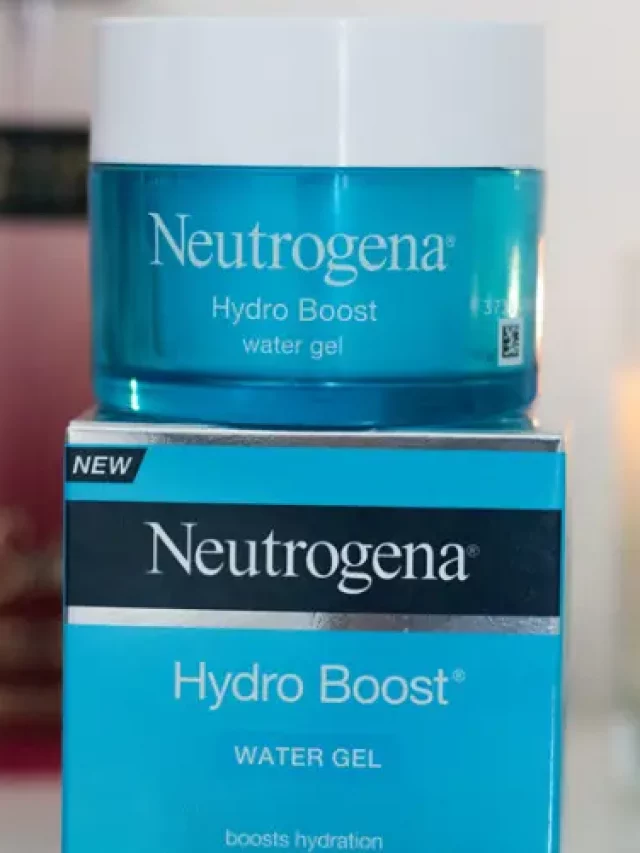Shopping for condoms can be an overwhelming experience. With so many different brands and varieties to choose from, it can be hard to decipher the right condom for you. This comprehensive guide to shopping for the best condom brands will help you make an informed decision. We will explore the different types of condoms available on the market, their features, and the best brands to buy. Whether you’re looking for a thin, strong, lubricated, or textured condom, this guide will give you all the information you need to make an educated purchase. We will also discuss potential health risks associated with using condoms and offer advice on how to properly use them. So if you’re ready to find the perfect condom for you, let’s get started!
Types of condoms
Condoms are a type of barrier method that is used to prevent sexually transmitted diseases and unwanted pregnancies. They are made from a variety of different materials, have a number of features, and come in a wide range of styles and sizes. All condoms are designed to keep semen out of the vagina during sexual intercourse. This helps prevent pregnancy, as well as STDs. Condoms are the only birth control method that offers protection against both of these things. There are different types of condoms available, each with its own advantages and disadvantages. You should choose a condom based on your needs and preferences. You can also try out different types to see what works best for you. There are three main types of condoms: latex, non-latex, and lambskin. – Latex condoms are the most common type of condom and are made from a rubber-like material called latex. They’re inexpensive and easy to find at supermarkets and stores. – Non-latex condoms are made from materials other than latex, like laminated cotton or synthetic rubber. They’re an alternative for people who are allergic to latex or have a latex allergy. – Lambskin condoms are made from a sheep’s intestines and have tiny pores. They’re not recommended as a primary method of birth control, as they’re less effective than latex and non-latex options.
Features of condoms
Condom features can be tailored to your unique needs. There are many different types of condoms available, each with its own unique features and benefits. To find the best condom for you, it’s important to understand the different features and how they can impact your sexual experience. These features include: – Condom material: Condoms are made from a variety of different materials. These include latex, polyurethane, polyisoprene, and nitrile. – Condom shape: Condoms come in different shapes, with some being longer than others. Shaped condoms are designed to stimulate different parts of the vagina. – Condom thickness: Condoms come in different thicknesses. Thicker condoms are designed to be more durable and provide more protection against STDs. – Condom lubrication: Condoms come in both lubricated and non-lubricated varieties. Lubricated condoms are pre-coated with a silicone-based or water-based lubricant.
Potential health risks associated with condoms
As with any type of sexual activity, there are potential health risks associated with condom use. These include allergic reactions and a decreased sensation. – Latex allergies: People who are allergic to latex may experience skin irritation or a rash after condom use. This may occur if the condom is used incorrectly or if the condom is particularly old and has lost its elasticity. – Decreased sensation: Condoms may decrease the amount of sensation felt during sexual activity. This is particularly common for men who are wearing a traditional-style condom.
How to choose the right condom
Choosing the right condom isn’t something you do once — it’s an ongoing process. It’s important to try out different types of condoms and find one that fits your needs perfectly. You should also be aware of potential health risks associated with using condoms. If you notice an allergic reaction, talk to your doctor about what type of condom you should be using. To choose the right condom, you’ll need to consider a few different factors. These include the condom material, condom shape, condom thickness, condom lubrication, and condom size. – Condom material: Choose a condom made from a non-latex material, like polyurethane. These are less likely to cause a reaction in people who are allergic to latex. – Condom shape: Shaped condoms are designed to stimulate different parts of the vagina. If you’re using condoms to prevent STDs, you may want to choose a standard-shaped condom. – Condom thickness: Choose a thicker condom if you are particularly concerned about protection against STDs. Thicker condoms tend to be more durable and provide more protection against breakage. – Condom lubrication: Choose a condom that contains silicone- or water-based lubricant. This will help make the condom smoother and more comfortable to use. – Condom size: Condom sizes are measured in terms of length and width. Standard-sized condoms tend to be the most widely available and useful for any type of sexual activity.
Best condom brands
– Durex: Durex condoms come in a wide range of styles and sizes. They also feature different types of lubrication and special textures to enhance pleasure. Durex offers a wide selection of non-latex and flavored condoms. – Trojan: Trojan offers a wide variety of condom styles and sizes. They also have a wide selection of non-latex varieties, including flavored condoms. – L Condoms: L Condoms specialize in condoms designed to fit larger men. They offer a wider range of condom styles and sizes, including non-latex varieties. – Lifestyles: Lifestyles offers a wide selection of non-latex and flavored condoms, including ribbed, studded, and ultra varieties.
How to properly use condoms
Before using a condom, make sure it’s clean and unbroken. While some people use a new condom for every new sexual encounter, it’s best to use a condom for the full duration of the intercourse. This is because condoms are only 98% effective at preventing pregnancy, and people may forget to use it for the full duration of intercourse. If there are any tears or holes in the condom, it may not provide full protection against pregnancy and/or STDs. Once you’ve properly unwrapped the condom, roll it over the tip of the penis. Make sure there are no tears or holes in the condom, and that the condom is rolled all the way down the shaft of the penis. When you’re close to orgasm, hold the tip of the condom while you ejaculate to avoid semen from escaping. Finally, remove the condom and throw it away, making sure to do so carefully to avoid accidentally piercing the condom and putting yourself at risk of contracting STDs.
Conclusion
Shopping for condoms can be a daunting experience, but it’s important to make sure you’re using the right condom for your sexual needs and desires. There are a variety of styles and types of condoms available, so you should try out a few different types to find the one that works best for you. It’s also important to properly use condoms, as they’re the only birth control method that offers protection against STDs.





